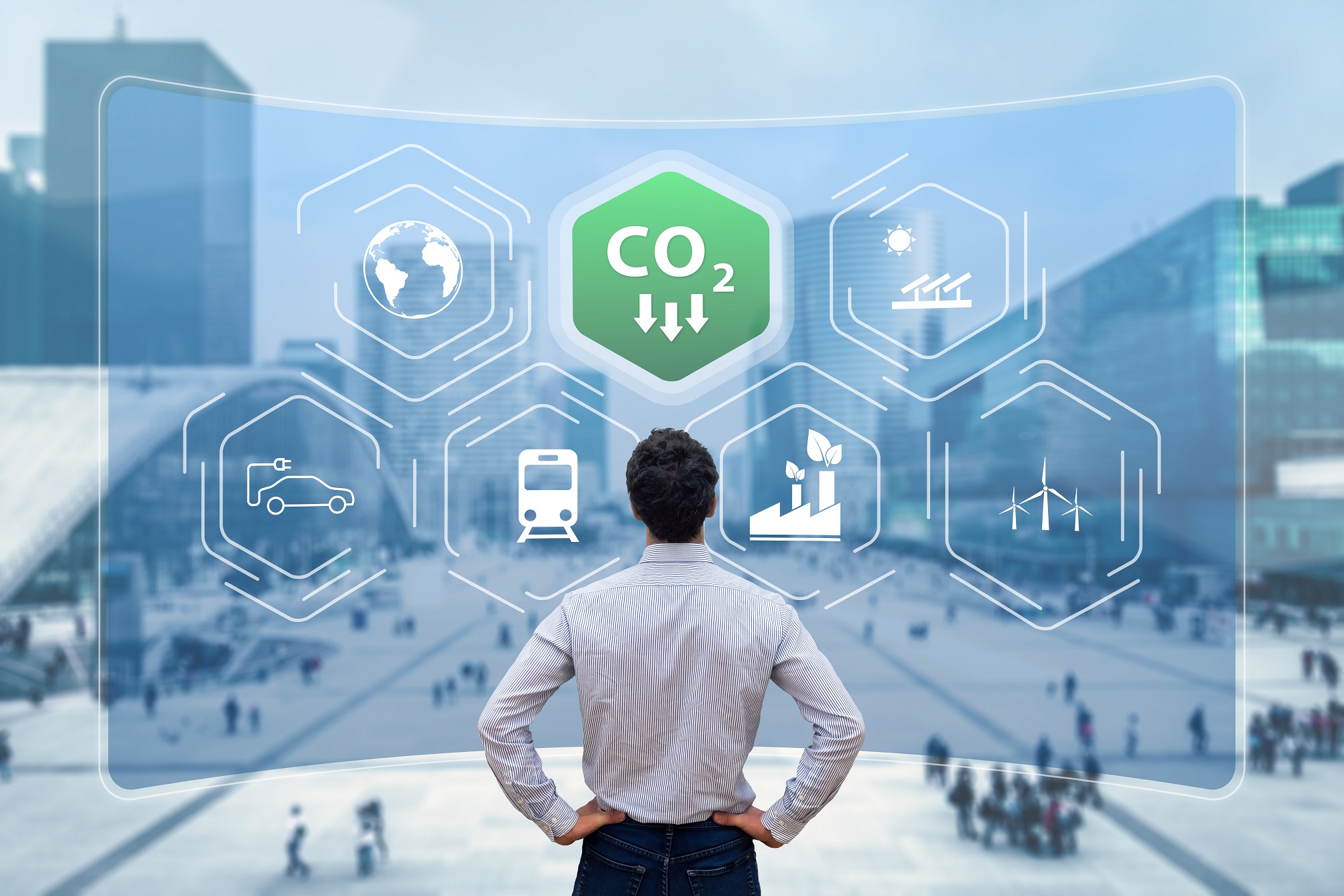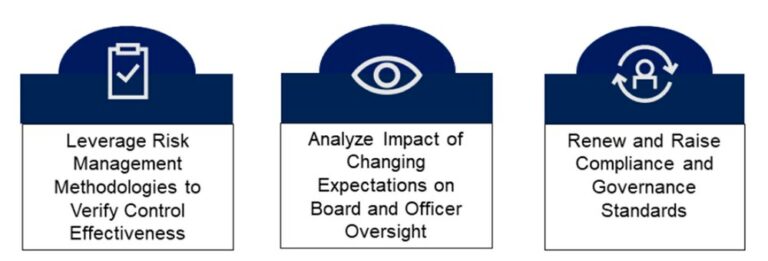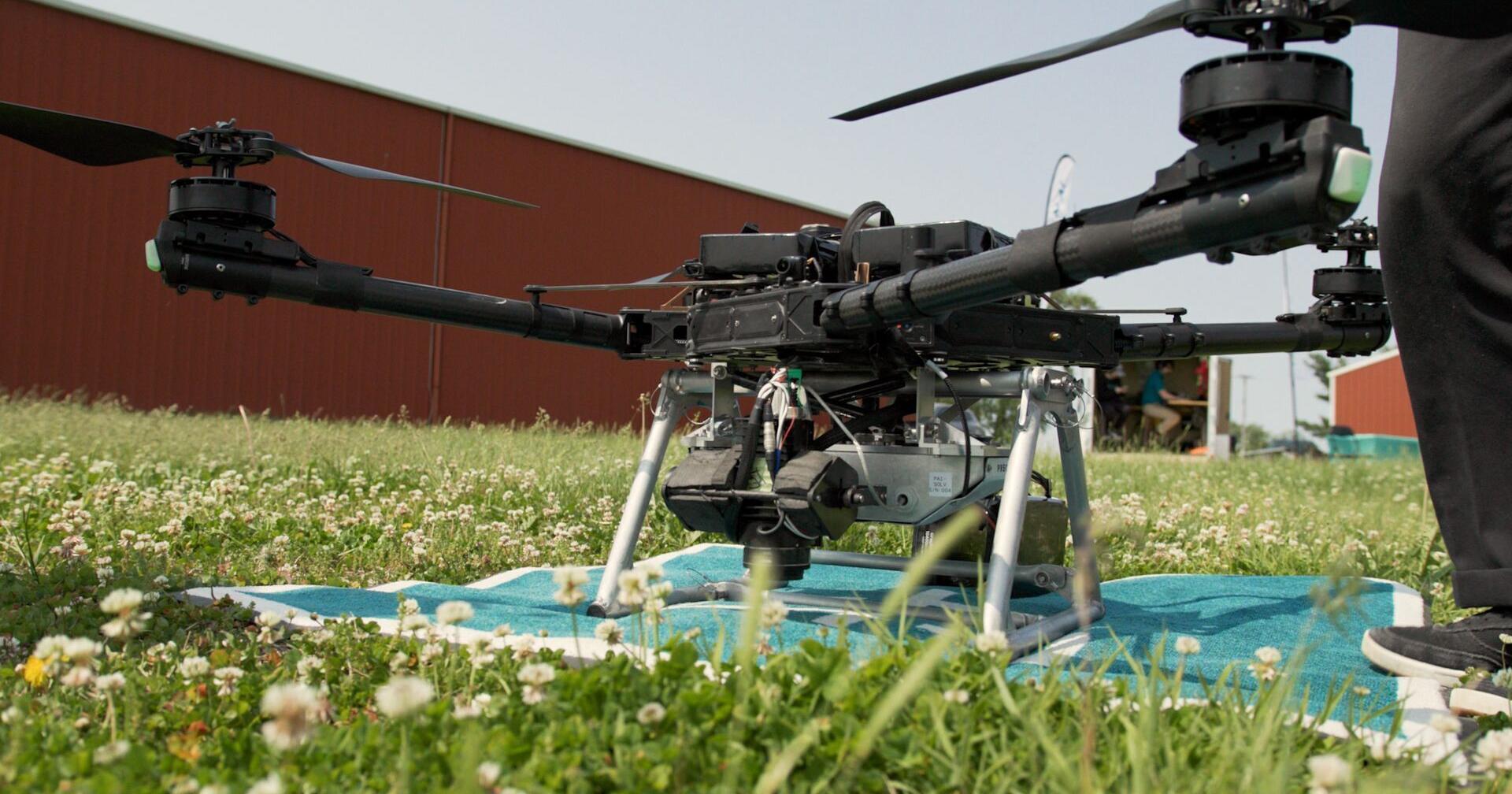
Artificial intelligence (AI) is a topic R Street has already spilled quite a bit of ink on, but there are increasing questions as to its potential benefits. At its core, AI is the technology that revolves around pattern recognition—and advances in this technology have reached a point where AI is often better at recognizing patterns than humans are. This has some obvious applications in areas like medicine, where a computer might be able to give more accurate diagnoses than a human, but what about climate and energy?
AI’s potential benefits in this space can be distilled into two categories: improved risk assessment and lower emission intensity.
AI in Climate Risk Assessment
One area in which AI is likely to make a big difference is climate modeling. It can improve efficiency by assessing the risks associated with climate change and identifying best practices for mitigating them. Current models, like those referenced by the Intergovernmental Panel on Climate Change, are often bound by an issue of “resolution,” which is simply the idea of how granular data can be. While it is relatively easy to determine how higher emissions might generally impact temperatures, it is much harder to say exactly how much temperature may rise in each region—as well as what specific effects each region will experience.
In theory, AI could significantly decrease the time and manpower required to produce comprehensive assessments of potential climate emissions and impacts with high specificity for each region. Additionally, it could improve the accuracy of our climate models by identifying which methods produce more accurate results, limiting the biases of analysts in selecting modeling criteria.
We could also see a future in which extreme weather events exacerbated by climate change could be predicted earlier, aiding in the mitigation of their effects. More accurate predictions of hurricane intensity and paths could substantially reduce the impact of climate change on both humans and the economy. AI could also help simulate the effects of climate-exacerbated natural disasters on cities to improve disaster preparedness.
Essentially, AI could supercharge the conventional analysis for estimating risk on which policymakers currently rely. This would help policymakers better calibrate responses to climate change. Politicians would know which projects carry the most benefit from public investment, and better analysis of emissions measurement from satellite data would help identify emissions abatement opportunities. Put simply, AI could make climate-related assessments more reliable and useful.
AI in Emissions Abatement
There is a tight correlation between economic activity and emissions: the more we produce, the more we emit. This “emission intensity” falls over time, as we become more productive and able to generate more economic activity with less energy input. AI could create more opportunities to reduce emissions, leading to substantial improvement in this area.
A lot of this is likely to happen through the normal introduction of AI in improving workplace efficiency. Companies using AI will be able to do more and produce more with fewer workers. Fewer inputs of labor and material to get the same economic output will almost certainly lead to less emission-intensive production.
AI also has the potential to directly improve energy-related activities to cut emissions. For example, electric power lines can almost always transfer power at a higher capacity (and thus more power) than they use. But because the precise capacity of a power line depends upon environmental conditions, only a maximum safe capacity is used. There has been a push for expanded use of “dynamic line ratings,” where power lines have variable capacity, and AI could enable safer and more reliable increases in transmission capacity without the need for new transmission.
The use of AI in self-driving cars or in traffic signals could also cut down on congestion, making transportation more energy efficient. The benefits of AI in transportation shouldn’t be understated, as transportation emissions make up 14 percent of global emissions.
Another major area of potential for AI is agriculture, which accounts for roughly a quarter of all global greenhouse gas emissions. Much of these emissions come from the cultivation and fertilization of land. AI can significantly improve the efficiency of these practices through “precision agriculture,” where instead of simply fertilizing large areas of land to ensure their suitability for crop growth, AI can analyze which parts of a field are over-fertilized and which are under-fertilized, resulting in less fertilizer usage and more efficient production overall.
AI can also enhance agricultural productivity through automation. Agricultural productivity has steadily improved over the years, and AI will contribute further by automating planting, harvesting, crop maintenance, and pest and weed eradication.
Net Benefit to the Environment
One concern is that, since AI is computationally intensive, it may also be energy intensive. While this has always been a concern with new technology, technological advances have actually reduced per-capita emissions in the United States. Peaking at 23 metric tons per person in 1973, per-capita emissions have fallen precipitously to 15 tons per person.
Even though AI has an energy cost associated with its utilization, we would expect it to improve efficiency. Part of the reason we expect this is because of the free-market dynamics present in the energy sector. Since energy has a cost that consumers bear, those who stand to benefit from AI will only use it if it saves them money. If AI is too energy-intensive to be beneficial, one would expect the cost to reflect that. This is also why it is important not to subsidize energy since such subsidies could obfuscate the price signals that guide consumers into energy-efficient behaviors.
Conclusion
Overall, we should anticipate AI to provide a net benefit to emissions abatement. We can expect a better understanding of climate risks and improved capability to mitigate those risks. We can also expect improvements to economic efficiencies that allow for more economic output with reduced inputs. Even though AI is an energy-intensive technology, its potential applications for increasing energy efficiency make it likely to carry more benefits than costs. We shouldn’t expect AI to be a silver bullet or oracle that solves climate change—but we can be confident that its advanced analytical tools will only aid our current approaches to assessing risk and lowering emissions.





